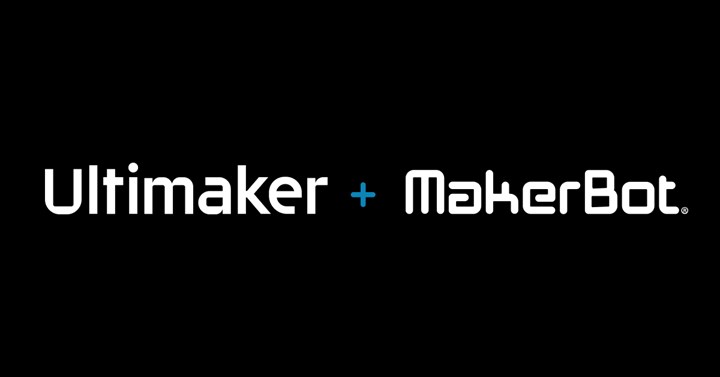MakerBot and Ultimaker to Merge
The desktop 3D printer manufacturers will be headed by their current leaders acting as co-CEOs.
MakerBot Industries LLC (New York) and Ultimaker (Utrecht, Netherlands) have agreed to merge with the combined business to be backed by existing investors NPM Capital and Stratasys. Along with the merger, a planned cash investment of $62.4 million into the company was announced.
The new company will be led by Nadav Goshen, current MakerBot CEO, and Jürgen von Hollen, current Ultimaker CEO, who will act as co-CEOs. Under this arrangement, Goshen will manage operations and R&D, while von Hollen runs the commercial functions.
The newly merged business will maintain headquarters in both The Netherlands and New York, with the transaction, pending employee representative bodies and regulatory approval, currently expected to close over the course of the second or third quarters of 2022. Upon closing, a company spokesperson told Plastics Technology that a new name will be announced.
Regarding the $62.4 million investment, the spokesperson said the cash will be used to drive growth through commercial expansion and to augment global reach “through technological innovations, such as R&D and strategic partnerships, to create new solutions to meet our customers’ needs.”
Founded in January 2009 by Bre Pettis, MakerBot’s printers include the Method, Sketch and Replicator with materials ranging from engineering and high-heat resins, as well as composites, to stainless steel. Established in 2011, Ultimaker markets the S5 Pro Bundle, S5 and S3 printers, using an “open filament” system to run an 2.85-mm filaments. Both also market smaller less-expensive printer to educators, in addition to industrial systems.

Desktop 3D printer suppliers Ultimaker and MakerBot have announced a merger.
Photo Credit: MakerBot
Related Content
-
Production Tool, Prototype Time
Mantle's metal 3D printing technology targeted toolmaking and injection molders and moldmakers are taking notice.
-
Getting into Plastics Additive Manufacturing? Avoid these Six Common Errors
There are a lot of 3D printing technologies out there, and it’s not uncommon for processors new to additive manufacturing to get tripped up. Here are some typical snafus, along with advice on how to avoid them before you start making parts.
-
Daimler, OMIC Evaluate Wire-Fed DED for Moldmaking
3D printing a core and cavity on machine from Gefertec, followed by machining, allowed for a complete mold tool to be produced in three days.














